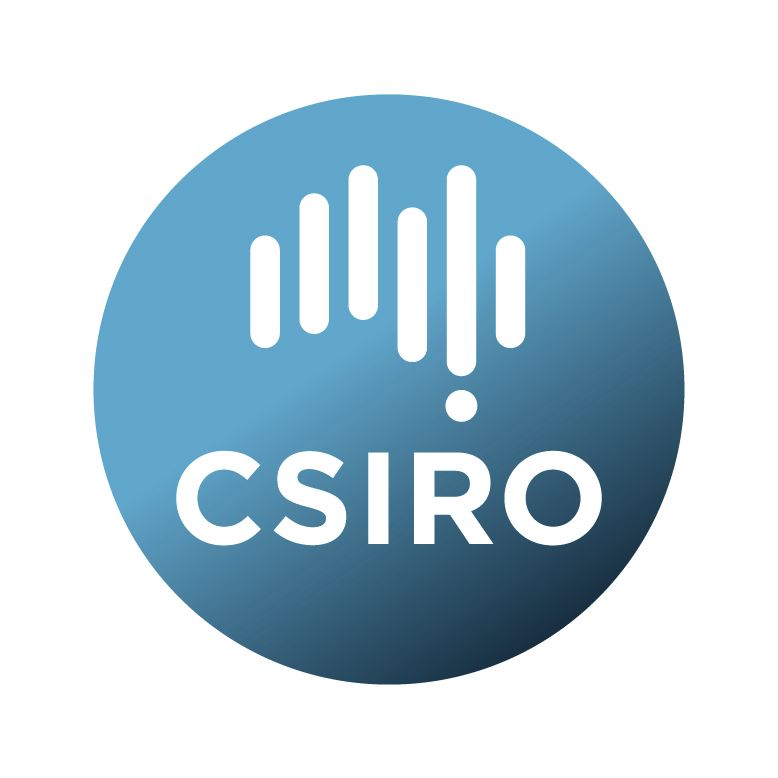Brief description
CSIRO produced its first film in 1946. It was a two-hour, five-part epic in black and white designed for a specialist audience of Commonwealth scientists meeting in London. It showed them - in the most graphic way possible at the time - the nature and extent of the research facilities of an organisation embarking on the problems of post-war reconstruction.Within a few years, a permanent film unit was established and began to specialise in producing films for the specific audiences on particular areas of research.
By the 1960's, it became apparent that many of the films were of interest to a much wider audience. Schools, colleges and universities were beginning to introduce the audio-visual medium to the learning process and CSIRO films were in increasing demand. Makers of television programmes looked to CSIRO films for images of science not yet accessible to the public eye.
Lineage: These files are compressed video in a MP4 container (.mp4). For archival quality video, look for the uncompressed versions in "Related Links". While some files may differ, generally this collection has the following attributes. Video codec: H264 - MPEG-4 AVC (part 10) (acv1). Video resolution: 720x576. Frame rate: 25. Decoded format: Planar 4:2:0 YUV. Audio codec: MPEG AAC Audio (mp4a). Audio sample rate: 44100 Hz. Bits per sample: 32. AAC Extension: SBR.
Available: 2020-09-16
Data time period: 1992-01-01 to 1997-01-01
Subjects
Creative Arts and Writing |
History, Heritage and Archaeology |
Heritage and Cultural Conservation |
Heritage collection |
Heritage, Archive and Museum Studies |
Screen and Digital Media |
Screen Media |
video |
User Contributed Tags
Login to tag this record with meaningful keywords to make it easier to discover
Identifiers
- DOI : 10.25919/5F35AEDEA3C85

- Handle : 102.100.100/368031

- URL : data.csiro.au/collection/csiro:42577



